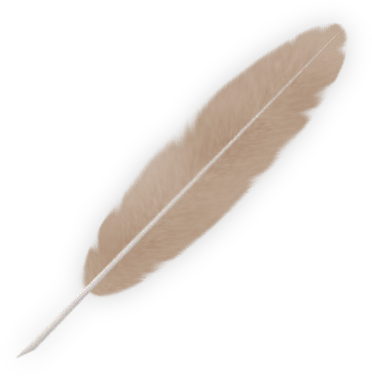I have a 2004 Toyota 4Runner and decided to take on repairing thirteen rock chips in my hood prior to the vehicle having to spend its first winter outside in a northern environment. Seven of them disappeared so that I can't spot them anymore, three of them were not perfect, but acceptable and the other three are what bring me here.
I burned through in a couple of spots and have attached photos of the two worst problems. I was using 2000 grit sand paper and hand sanding and going very slow. It felt like the worst spot appeared suddenly, as it seemed it was not there on one pass and was there on the next. The other spots do not have any primer showing and are smaller. I only noticed them after I had used rubbing compound on the area to remove the sanding marks.
I have already learned several hard lessons from this that I certainly won't forget, but now trying to figure out next steps. If I don't want to have the hood completely repainted which I know would be the best option, what are my other options for repairing these spots? Is it possible to create a "chip" or "scratch" to repair so there are hard edges to fill to? Can I scuff the area and touch up? What tools would be best? Air sprayer? Rattle can?
Any and all help would be appreciated both in options and techniques!!
Thanks!!
I burned through in a couple of spots and have attached photos of the two worst problems. I was using 2000 grit sand paper and hand sanding and going very slow. It felt like the worst spot appeared suddenly, as it seemed it was not there on one pass and was there on the next. The other spots do not have any primer showing and are smaller. I only noticed them after I had used rubbing compound on the area to remove the sanding marks.
I have already learned several hard lessons from this that I certainly won't forget, but now trying to figure out next steps. If I don't want to have the hood completely repainted which I know would be the best option, what are my other options for repairing these spots? Is it possible to create a "chip" or "scratch" to repair so there are hard edges to fill to? Can I scuff the area and touch up? What tools would be best? Air sprayer? Rattle can?
Any and all help would be appreciated both in options and techniques!!
Thanks!!
